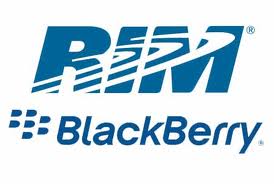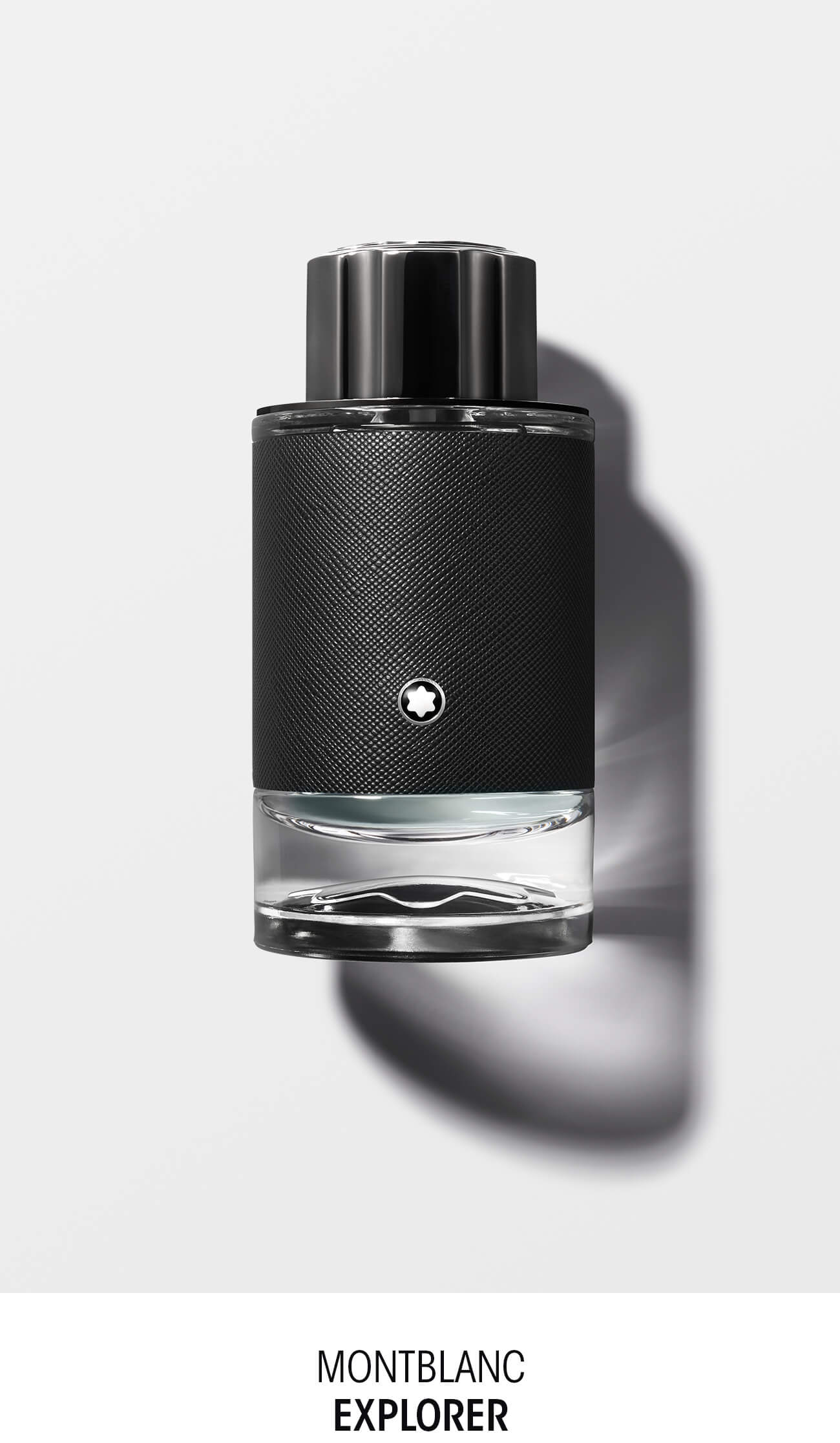
Our customers love that they’re getting a truly differentiated 5G experience. Our industry-leading capacity allowed us to introduce plans like Magenta MAX, the first 5G unlimited plan that won’t slow you down no matter how much data you use.
#T mobile join together download#
In the space of 12 months, our 5G traffic has increased 6x while average download speeds have doubled. More than 40% of our postpaid phone customers have a 5G device, and 5G traffic already accounts for about HALF of all traffic carried on our network. We’re seeing it play out right now, in fact.

T-Mobile’s 5G lead today is increasingly important for tomorrow, as 5G is rapidly becoming the network we all use. We are two years ahead of everyone ( Verizon says it’ll take them until the end of 2024 to reach 250 million!) … and will STILL BE two years ahead of them two years from now. Three times more! With this expansion, we’re also bringing the benefits of 5G to small towns and underserved communities across the country. We tripled our Ultra Capacity square mileage in 2021 and plan for 3x again in 2022. population! And we expect our Ultra Capacity 5G, which covers 210 million people, to reach 260 million by the end of this year and 300 million next year. Our Extended Range 5G covers 310 million Americans across 1.8 million square miles of the country - nearly 94% of the U.S. Over the past two years, we’ve built America’s only stand-alone nationwide 5G network to deliver on our promise of 5G for All. They were forced to invest more in spectrum and deployment, placing early bets on mmWave, and then pivoting to focus on mid-band … all to try and chase our lead. The combination of T-Mobile’s low-band and mmWave spectrum with Sprint’s mid-band frequencies gave us a big head start on building a modern, multi-layer 5G network (more on that later), and now the carriers are playing catch-up. Take a look at how T-Mobile’s lead in 5G has shaped this industry already. Because we held true to our deeply rooted belief that we could defy the odds, we are creating a better wireless industry for consumers. We’ve done just that, and I am incredibly proud of all that we’ve accomplished! Today, healthy price and quality competition has delivered all sorts of goodness for American consumers in the form of better connectivity, more value and greater experiences. Together we would be the best in the world at connecting customers to their world and become a force for change in this ever-crazy industry of ours.
#T mobile join together full#
We also explained why only the combined resources of T-Mobile and Sprint could address this age-old dilemma and truly deliver the full promise of the 5G future. In our opening statement about our strategy for this merger, we laid out why a combined company was in the best interest of consumers who have always had to unfairly choose value, experience OR network.

Two years into this merger, and by pretty much any objective measure, we are proving the thesis that we fought so hard for. We leaned into one another, gathered our best and brightest, and said watch us go. But we knew there was an even larger and more urgent need for connectivity, and customers needed the promise of this new supercharged Un-carrier more than ever.

It would have been easy to let what has transpired in the world around us over the past two years become a distraction or rely on excuses to slow down our march forward. We’ve taken the same approach to answering the doubters by doing what the Un-carrier does best: delivering for consumers. We answered then by simply doing what we said we’d do - and just look at how Metro has become a critical piece of our brand offering.įast forward to today as we’re celebrating the successful two-year anniversary of our T-Mobile-Sprint merger. We actually heard some of the same ones back when T-Mobile and MetroPCS merged in 2013. Could this combination really be good for competition? Would it really result in lower prices and better services for consumers? I think they were fair questions to ask. With this track record, I can see why there were questions about the feasibility of our own historic T-Mobile-Sprint merger.

Just look at our own industry and AT&T’s disastrous mergers with DirecTV and Time Warner as prime examples of unions gone bad. Why? There are a few prevailing themes: Badly constructed plans. According to Harvard Business Review, an astonishing 70% to 90% of all mergers and acquisitions fail.


 0 kommentar(er)
0 kommentar(er)
